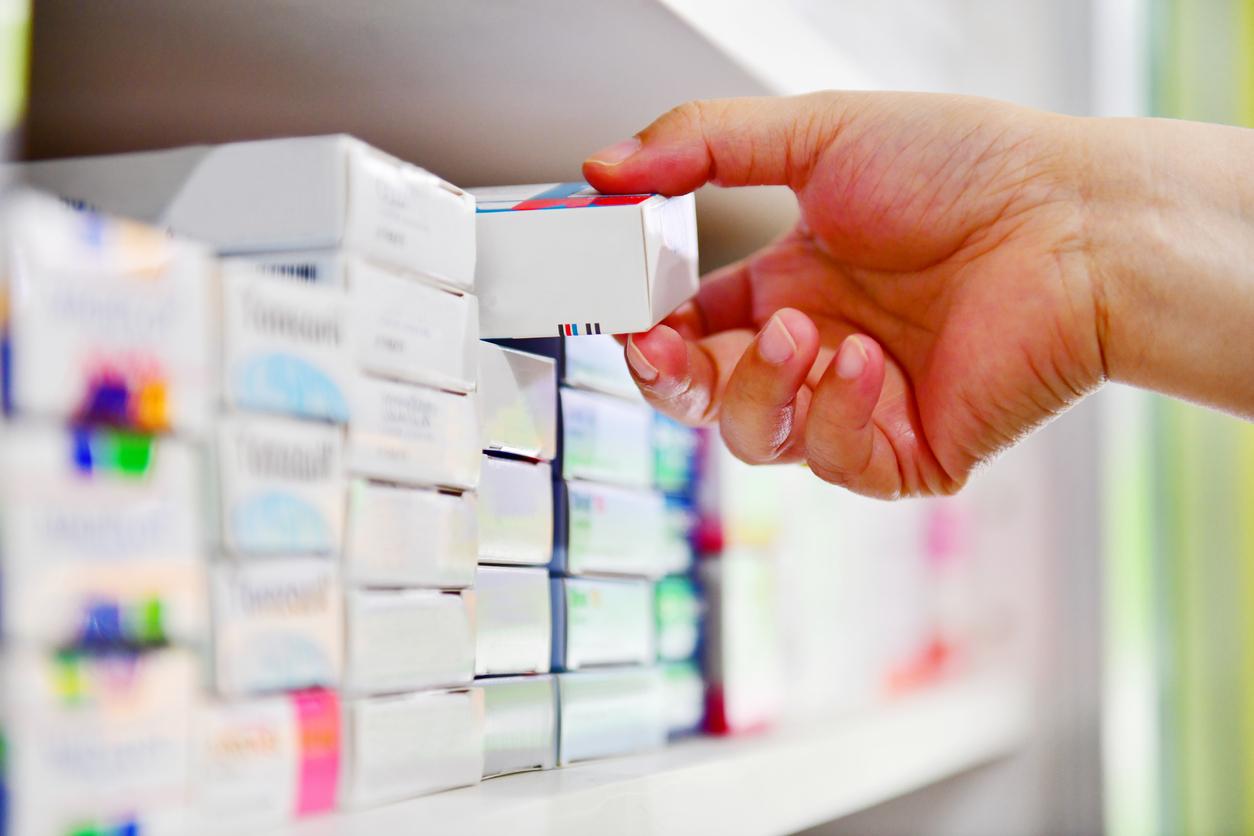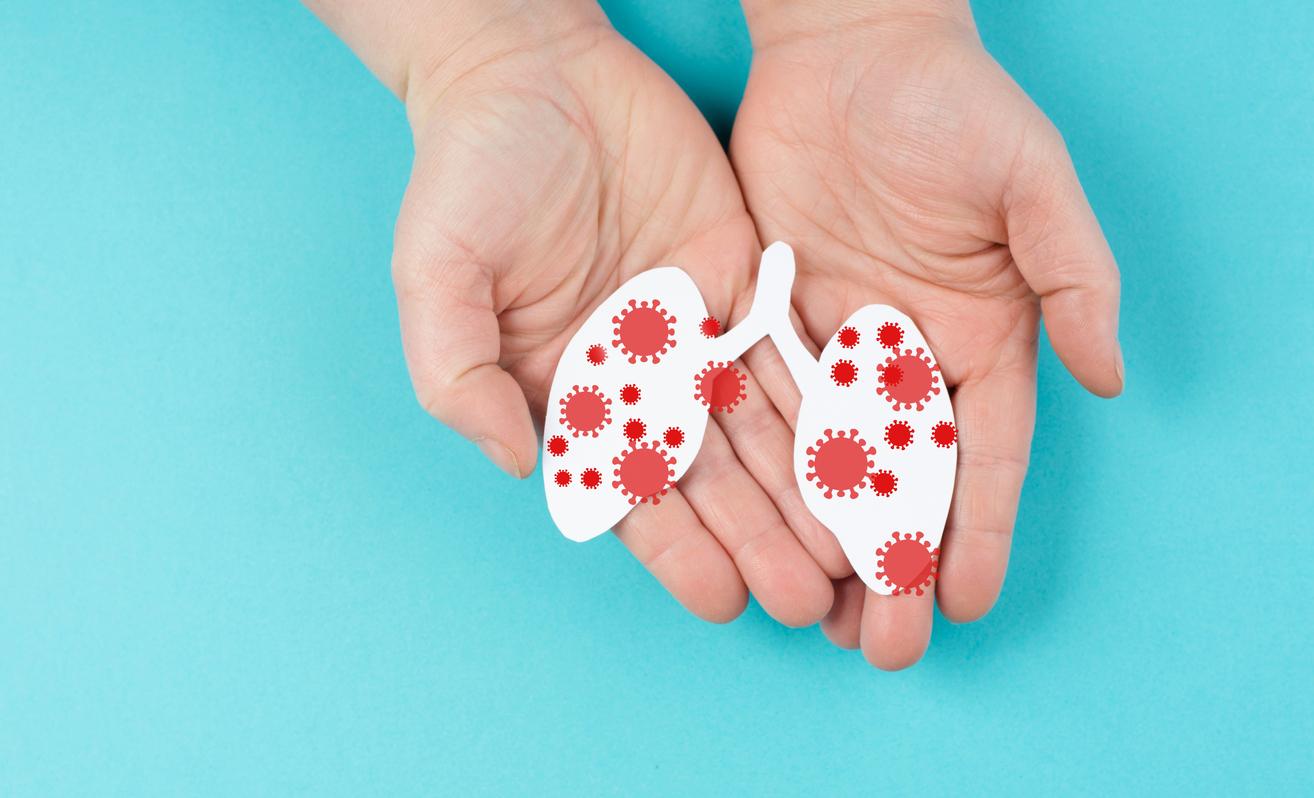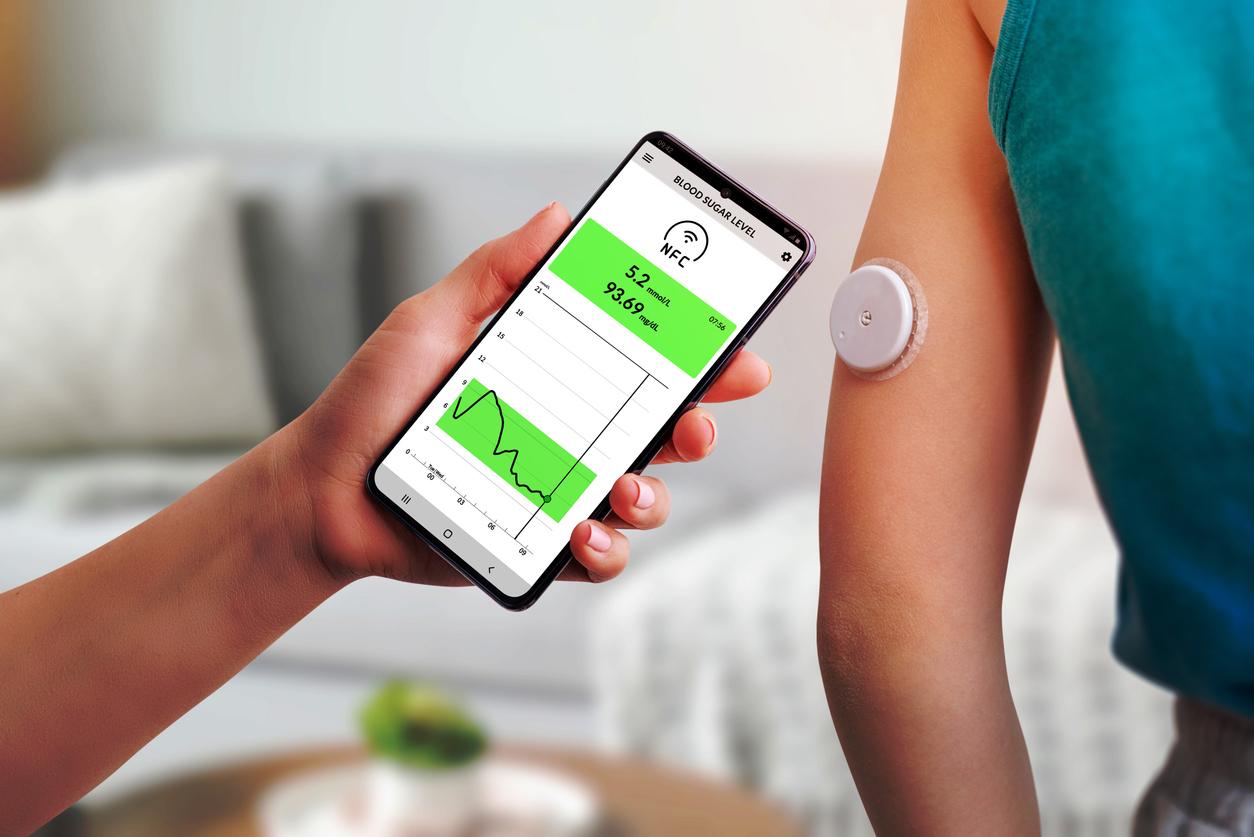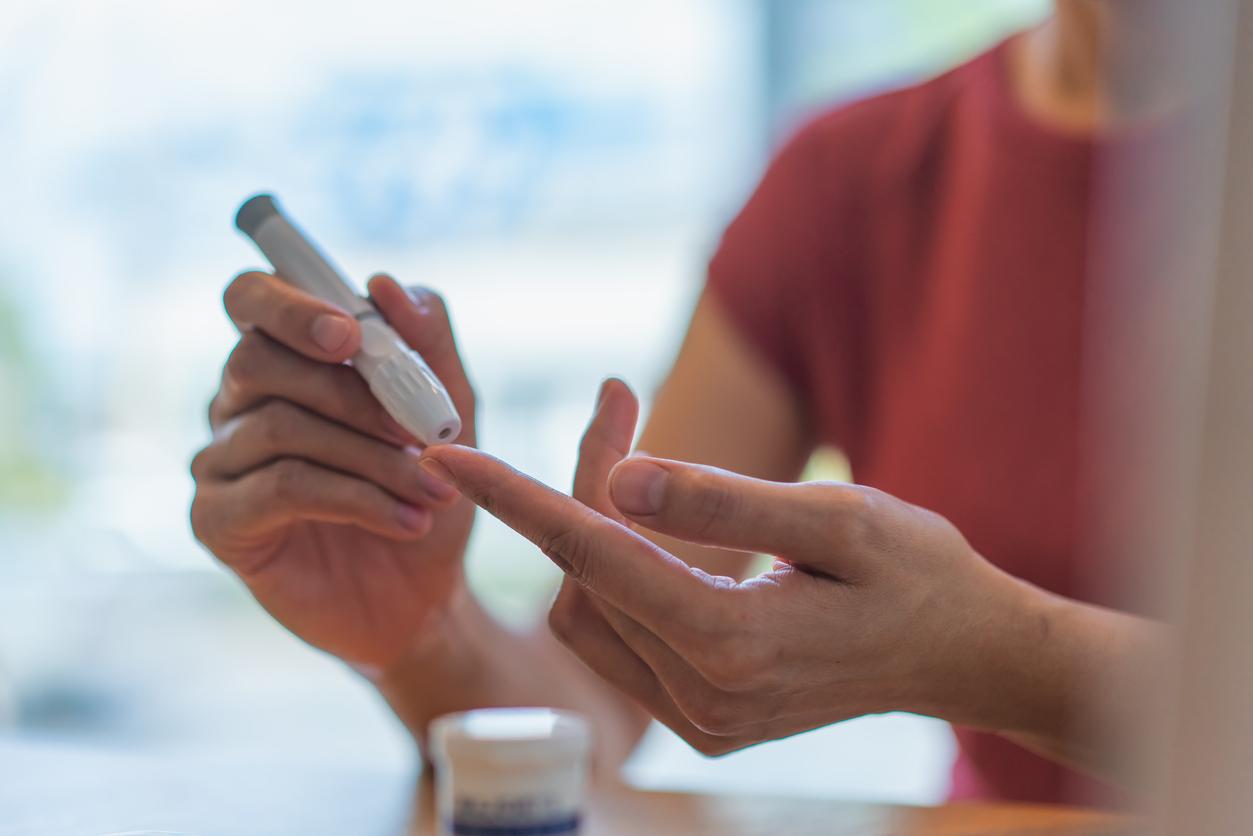The Eversense sensor is implanted under the skin of the forearm for six months. This new device for continuously monitoring blood glucose levels has been successfully tested in 36 patients with type 1 diabetes.

The Eversense sensor, a new device for continuously monitoring blood glucose levels, has been successfully tested in 36 patients with type 1 diabetes. The sensors were implanted under the skin of the forearm. cohort members for 6 months, without any major side effects being reported.
Insertion and removal of the forearm is done in the doctor’s office
Until now, the tools to measure the evolution of the level of glucose in the blood had to be changed every one or two weeks. This new system, presented at the ADA (American Diabetes Association) congress, consists of three elements:
– The glucose sensor: the insertion and removal of the forearm are done in the doctor’s office and take 5 min each.
– The transmitter: it is removable, rechargeable and water resistant. It is worn “on” the sensor. It sends the glucose levels, via Bluetooth, to the Eversense mobile application on the smartphone. It vibrates at the level of the skin whether hypo or hyper.
– The smartphone application that allows you to see our blood sugar (updated every 5 minutes). Trend information also exists, thus making it possible to anticipate blood sugar variations.
The service life of the sensor
The study was conducted in Canada among 30 adolescents (mean age 14) and six adults (mean age 32), all with type 1 diabetes. Most participants (64%) had previously used a device for measuring the level of glucose in the blood. For the administration of insulin, 32 of 36 patients used an insulin pump, while four of them used multiple daily injections.
“We were impressed with the sensor’s lifespan, which showed no significant drop in accuracy between day 60 and days 90 and 180,” said Ronnie Aronson, endocrinologist in Canada and lead author of the study. . She continues, “The teens in the cohort were mostly athletic and particularly liked the fact that the implanted sensor and wearable transmitter were unaffected by their sports equipment.”
10% of diabetics
Type 1 diabetes affects around 10% of people with diabetes. It is characterized by insufficient production of insulin and requires daily administration of the latter. The cause of type 1 diabetes is not known, and, with current knowledge, it is not preventable. Symptoms are: excessive urination (polyuria), feeling thirsty (polydipsia), constant hunger, weight loss, impaired vision, and fatigue. These symptoms can appear suddenly.
In 2014, 8.5% of the world’s adult population (18 years and over) had diabetes. In 2015, diabetes was the direct cause of 1.6 million deaths and in 2012 high blood sugar caused an additional 2.2 million deaths. In France, diabetes affects nearly 3.3 million people, or 5% of the population (Institute for Public Health Surveillance; 2015 figures).

.
















